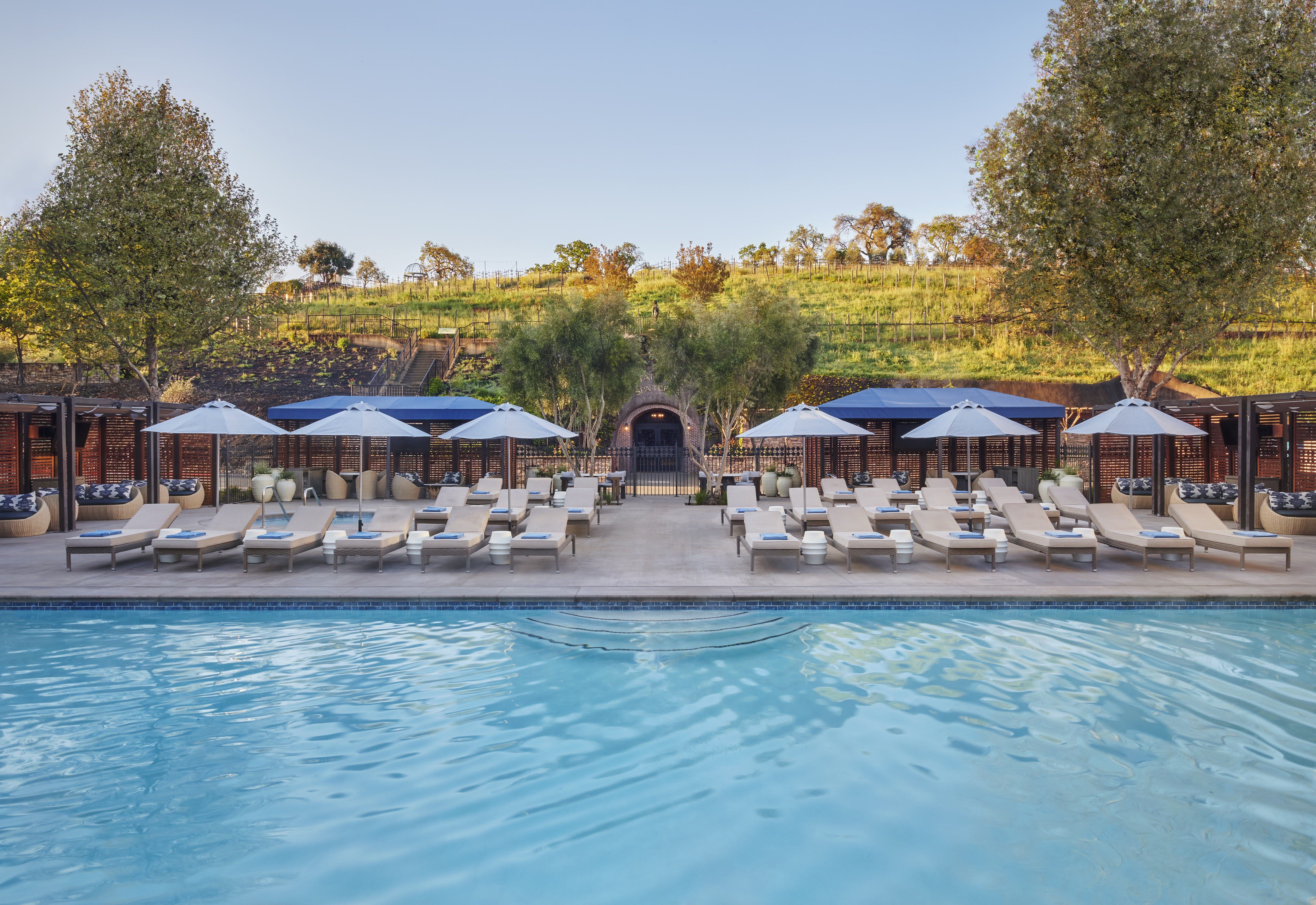Digital nomads, remote workers, expats, migrants, immigrants—there’s a lot to keep track of when it comes to travel-related topics that touch on work-life and legal status.
While these titles sound complicated, there’s plenty of overlap between them.
Think of it like the differences between the terms ‘tourist’ and ‘traveler’. Though I often use them interchangeably, they have slightly different connotations and nuances.
A tourist is someone who travels simply to experience a city or beach before heading home. They’re more likely to stay at hotels and resorts and focus more on enjoyment and leisure.
A traveler, by contrast, usually hits the road for longer periods of time, interacts more deeply with the local community, and might take on cultural topics like language classes. They might prefer a home-stay or a hostel in order to make more connections with other visitors and locals.
But what about digital nomads and remote workers?
These terms have taken off in recent years and are often mentioned when it comes to travel. But how are they actually different? What are the larger implications of being a digital nomad vs a remote worker? And is there a time when you can use terms like digital nomad and remote worker interchangeably?
First, I’m going to cover the differences between being a remote worker and a digital nomad, then move on to similarities. From there, I’m going to explore how being an expat or immigrant factors into these discussions.
Digital nomads vs remote workers: main differences
A digital nomad is a professional who works while traveling full-time. They don’t have a concrete address or, if they do, it doesn’t last long. Some digital nomads move from country to country, while others might stay in their home country and swap city for city. They could also live in an RV or a converted van.
In other words, you don’t need to travel abroad to be a digital nomad.
A remote worker, by contrast, is anyone who fulfills their job role from a remote location. In short, they aren’t bound to an office.
There’s plenty of overlap between the two, which I’ll cover below. The most important difference between digital nomads vs remote workers is the element of travel. Remote workers don’t necessarily travel. They just have the ability to work from home.
For example, I’m a freelance writer and a remote worker. I fulfill all of my core responsibilities from my laptop. While this is a very modern concept, it’s not exclusively a post-COVID development. Growing up, my mom completed her work as a medical transcriptionist from home—making her a remote worker.
That being said, just because you can work remotely, that doesn’t mean you want to live on the road like a digital nomad.
My mom, for example, never worked from another location. Similarly, I pay for a desk at a shared office where I work daily. Though I could work while on the go (and do so as needed), I’m a remote worker and not a digital nomad.
That being said, I’m mostly surrounded by digital nomads who stay in Barcelona for a few months before packing up and heading out. It’s not uncommon for us to occupy the same spaces.
Digital nomads vs remote workers: similarities
If you’ve been following along, you might have realized that, to become a digital nomad, you must first be a remote worker.
In fact, many digital nomads start as remote workers for a while before making the decision to pack their bags and hit the open road.
Additionally, some remote workers might temporarily become digital nomads. Rather than end their lease or sell their home to live full-time on the road, they can sublet their place before packing their bags. All they have to do is get a digital nomad visa to legally move, live, and work in another country.
Europe, for example, has a long list of digital nomad visas available to Americans. You can apply for one if you want to stay beyond the three-month limit in the Schengen Area.
That brings me to my next point: what are the legal implications of being a digital nomad? And what’s the difference between digital nomads vs expats?
What’s the difference between digital nomads vs expats?
Digital nomads who live and work in other countries have been operating in a gray area for years. The main issue is that digital nomads who don’t have the correct visas don’t pay taxes to their host country, even though they’re working full-time there.
In fact, the recent rollout of digital nomad visas is looking to streamline how governments can tax, regulate, and monitor remote workers who enter as digital nomads.
The modern digital nomad should be working under a legal digital nomad visa. This visa application requires them to show how much they make, give details on where they plan to stay, and for how long. It also lays out any tax requirements they must fulfill.
Here’s where it gets a little tricky.
Expats exist in a similar area. Expats are non-immigrants who live in another country for a significant amount of time, and are legally required to fulfill certain tax and financial duties. Expat visas come in all shapes and sizes, from the golden visa to the investment visa. However, expats do not need to be digital nomads.
Most expats are retired or are nearing retirement. They have ample savings and assets that allow them to freely move and live in other countries as they desire. However, their primary residence and main holdings are in the US, where they were born.
Digital nomads, by contrast, are usually freelancers with more limited savings. They are required to fulfill much looser financial responsibilities in their host country compared to expats.
For example, a digital nomad might need to prove that they make $4,000 a month and cover private health insurance if they want a visa. By contrast, an expat might need to pledge upwards of $50,000 in investments to be eligible for certain types of visas. Here’s an example of one of Mexico’s most popular expat-facing visas, the temporary resident visa.
A quick summary
Remote workers are any professionals who have the option to work from home or remotely. Maybe they travel, and maybe not.
Digital nomads are a type of remote worker who chooses to live on the road. If they move to another country, they’re (usually) on a digital nomad visa, but usually return home one day.
Expats spend ample time abroad but don’t usually work. Most expats are retired and are able to stay in other countries for extended periods of time thanks to pricier visas, such as investment visas or golden visas.












